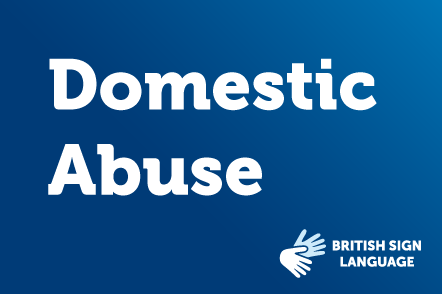Police travel advice issued ahead of Storm Ashley
The Met Office has issued an Amber warning for wind across parts of western and northern Scotland. The warning is in place between 9am on Sunday, 20 October, and 11.59pm on Sunday, 20 October, 2024.
The following areas are expected to be affected by the Amber warning:
- Highlands and Eilean Siar (Highland, Na h-Eileanan Siar)
- Strathclyde (Argyll and Bute)
A Yellow warning for wind affecting much of Scotland is also in place between 3am on Sunday, 20 October, and 11.59pm on Sunday, 20 October, 2024.
The following areas are expected to be affected by the Yellow warning:
- Central, Tayside & Fife (Angus, Clackmannanshire, Dundee, Falkirk, Fife, Perth and Kinross, Stirling)
- Grampian (Aberdeen, Aberdeenshire, Moray)
- Highlands & Eilean Siar (Highland, Na h-Eileanan Siar)
- Orkney & Shetland (Orkney Islands, Shetland Islands)
- SW Scotland, Lothian Borders (Dumfries and Galloway, East Lothian, Edinburgh, Midlothian Council, Scottish Borders, West Lothian)
- Strathclyde (Argyll and Bute, East Ayrshire, East Dunbartonshire, East Renfrewshire, Glasgow, Inverclyde, North Ayrshire, North Lanarkshire, Renfrewshire, South Ayrshire, South Lanarkshire, West Dunbartonshire)
Further information about the weather warnings and flood information is available on the Met Office and SEPA websites.
Those in amber alert areas may experience power outtages. For advice, visit Scottish and Southern Electricity Networks - https://www.ssen.co.uk/news-views/2024/SSEN-Weather-Warning-ahead-of-strong-winds-forecast-for-the-north-of-Scotland/
Chief Superintendent Hilary Sloan, Police Scotland’s Head of Road Policing, said: “The amber warning for high winds means that there is a strong likelihood of disruption on the road network and as such, motorists are advised to plan ahead and avoid unnecessary travel where possible.
“Make sure your vehicle has sufficient fuel and is completely roadworthy, with tyre pressure and tread meeting legal requirements. Ensure your mobile phone is fully charged in the event you need to call for assistance and if it is likely you may be within your vehicle for long periods of time, take additional clothing and water with you.
“Please do not ignore any road signage advising of changes to speed or closures to routes. These are in place for your safety and the safety of other road users and listen out for media broadcasts about the weather and how it may be impacting travel.
“Further information of the weather and road closures can be found by visiting the Met Office, Ready Scotland and Traffic Scotland websites and social media accounts.”
General advice for road users:
- Plan ahead and avoid unnecessary travel
- All road users should consider if they really need to travel during adverse weather
- Consider delaying travel until conditions improve
- If you are travelling on the roads, prepare yourself and your vehicle for the conditions
- Ensure your mobile phone is charged and plan your journey, including an alternative route
- Have sufficient fuel, warm clothing, food and water in case you’re delayed
- Do not ignore road closure signs – they are for your safety
- Congestion caused by vehicles may restrict emergency services and recovery vehicles from providing essential assistance
- Listen to media broadcasts, including radio, for updates Traffic Scotland radio player | Traffic Scotland or visit Traffic Scotland | Trunk road traffic updates & route planner
- Follow your local authority for the latest updates in your area via Facebook, X or their website
- Other information can be found on the Met Office and Ready Scotland websites. For public transport information visit www.travelinescotland.com
- Follow @trafficscotland on X for up-to-date travel information.
Wind
HGV and bus drivers should drive with extreme caution and be aware you may be asked to park at a suitable position by the police.
Drivers of vehicles vulnerable to being blown over should plan their route to avoid exposed areas or consider cancelling your journey until conditions improve.
Cyclists, motorcyclists and pedestrians should consider the risk of being blown over or into the path of other road users.






